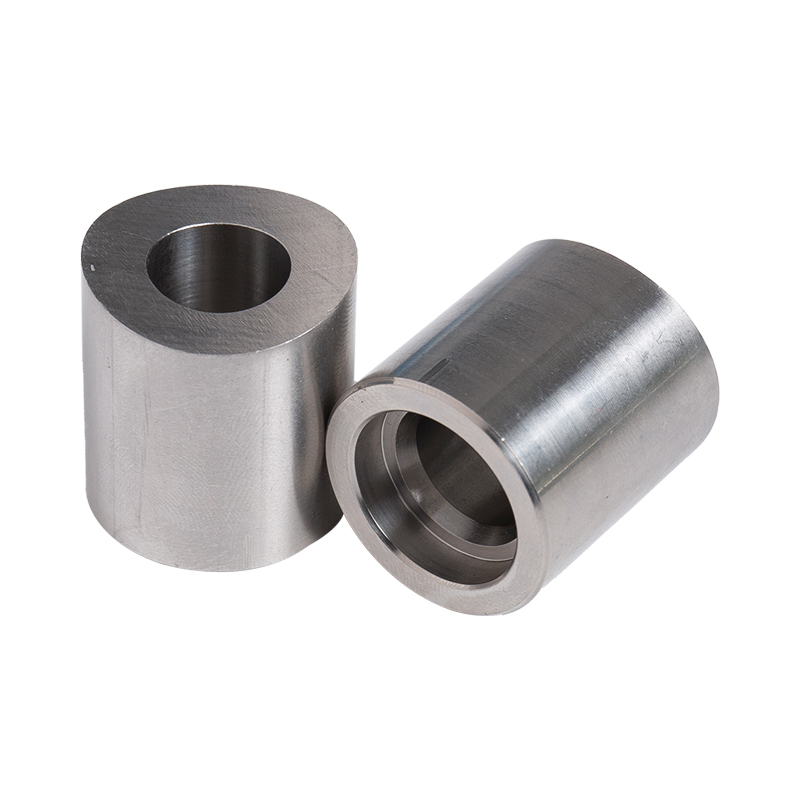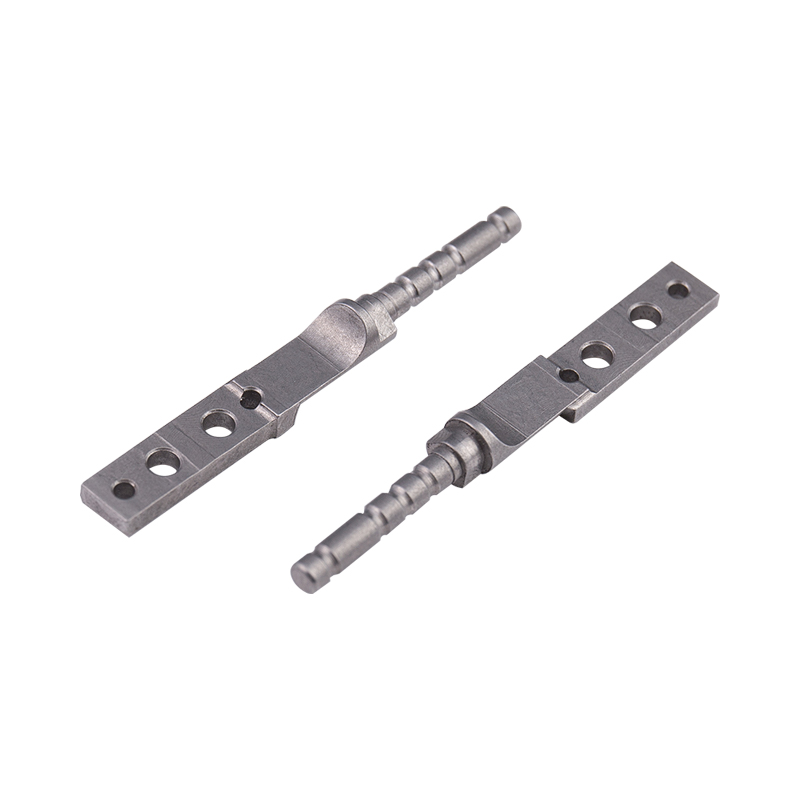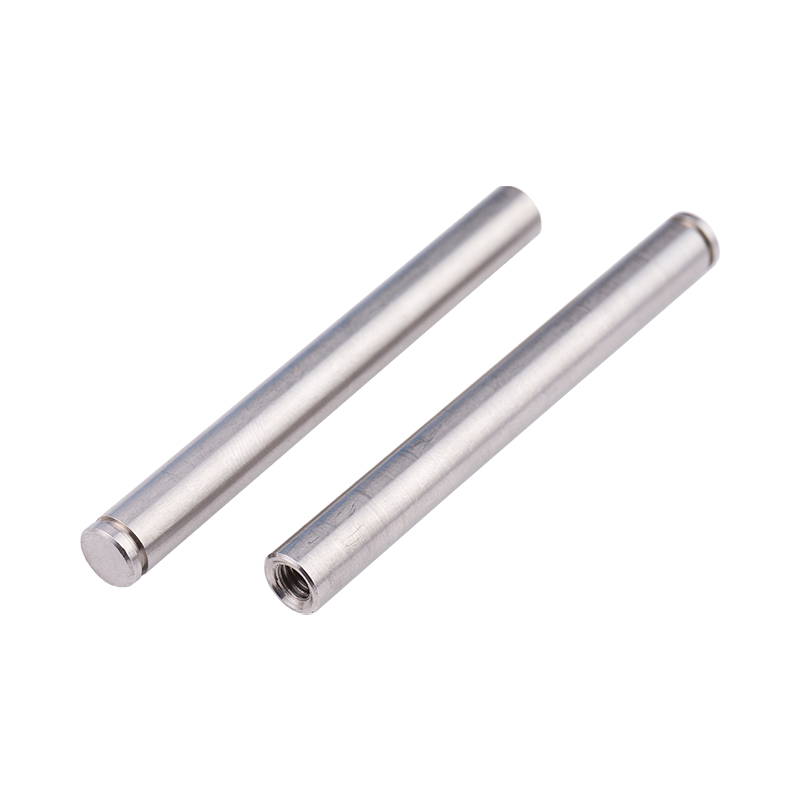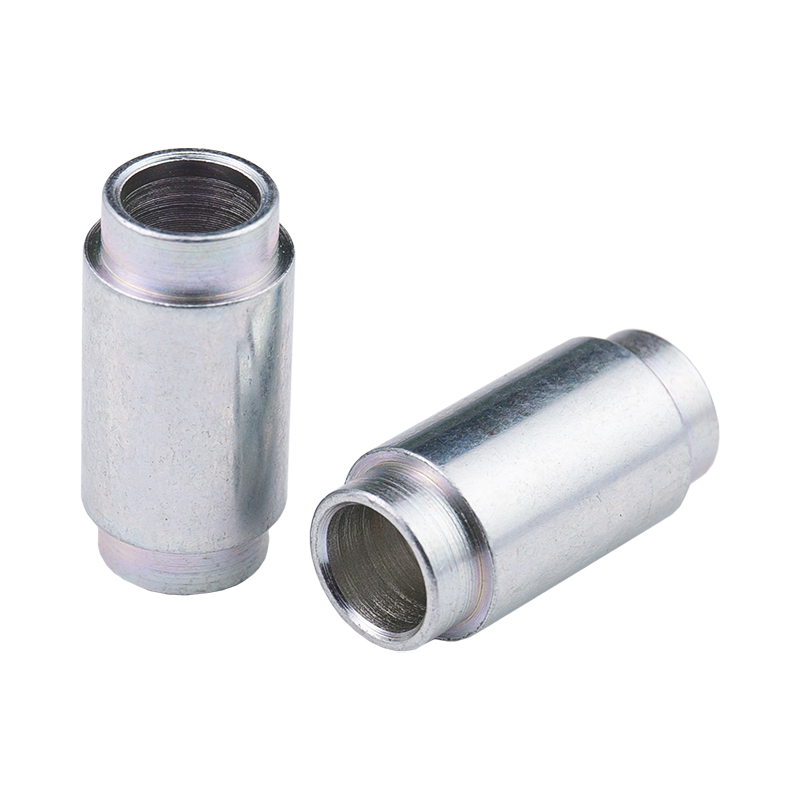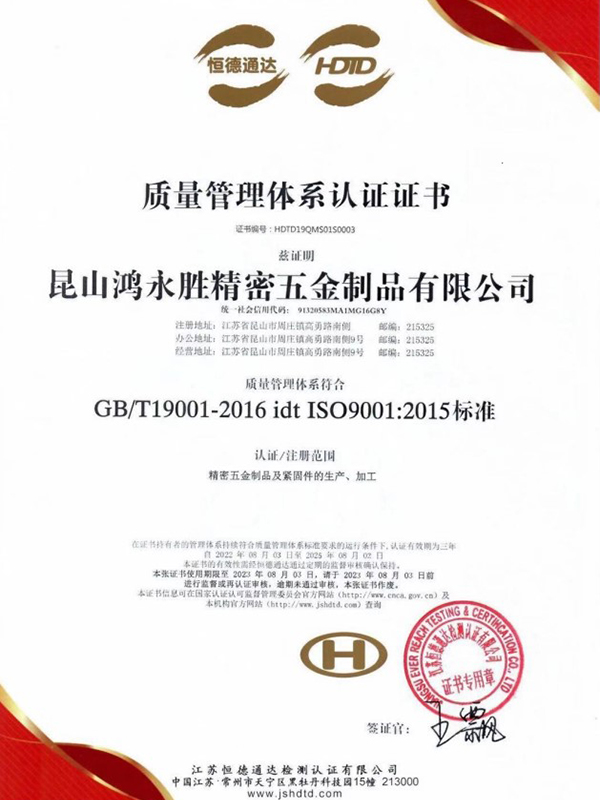Carbon Steel Bolt Supplier Guide: What Buyers Should Look For Selecting the right supplier for carbon steel bolts affects product performance, safety, and long-term cost. This guide breaks down the p...
READ MOREThe company has obtained two quality system management certificates of ISO9001:2015 and IATF16949:2016.
At present, the company has been for Japan, Sweden, the United States, Singapore, Malaysia, Hong Kong and the Pearl River Delta and many other customers to provide services, now the main customers are: Japan Sharp (SHARP), Japan SMC, Japan Panasonic (Panasonic), the Swedish automobile VOVOL, etc., all the fixed assets investment of more than 30 million dollars, welcome friends from all walks of life to the factory to visit, study, consulting and come! We welcome friends from all walks of life to visit our factory, investigate, consult and come to us for sample processing.
We are looking forward to establishing a good business partnership with you with mutual trust and reciprocity!
-
-
Introduction: The Foundation of Mechanical Systems In the intricate world of modern manufacturing and engineering, machined parts form the fundamental building blocks of virtually every mechanical sys...
READ MORE -
Why Structural Integrity Matters In construction, machinery, and other industrial applications, structural integrity is crucial for safety, performance, and longevity. One of the key elements in ensur...
READ MORE -
Introduction to Stainless Steel Fasteners Stainless steel fasteners are widely used in construction, machinery, and industrial applications due to their corrosion resistance and durability. Among them...
READ MORE
What assembly techniques are commonly used to connect optical shafts to rotating parts?
The connection between the optical shaft and rotating components is a crucial aspect in ensuring the proper functioning of mechanical systems. Below are several commonly used assembly techniques, along with their applications and importance in connecting the shaft with rotating components:
Keyed Connection:Keyed connection is a traditional method that utilizes keys (such as flat keys, round keys, taper keys, etc.) to transmit torque. During assembly, the keys are placed between the keyways on the shaft and the slots in the rotating component, secured by axial or radial pressure. Keyed connections are simple and reliable but may not be the best choice under high-speed or heavy-load conditions as they can lead to significant stress concentration.
Splined Connection:Splined connection utilizes splines with multiple teeth along the axis to mate with the internal bore of rotating components. Splined connections offer more uniform torque transmission, reduce stress concentration, and allow some axial movement to facilitate assembly. They are commonly used in applications requiring precise control of relative positions and transmission of significant torque.
Set Screw Connection:Set screws (also known as grub screws or headless screws) can be directly fastened onto the shaft or secured via elastic elements to precisely locate rotating components. Set screw connections are simple, cost-effective, and suitable for components with light loads or semi-fixed positions.
Interference Fit:Interference fit involves tightly assembling rotating components (such as bearings, gears, etc.) onto the shaft through pressure or thermal expansion/contraction. Interference fits can provide very robust connections, suitable for applications enduring heavy loads and high torque. However, the assembly and disassembly processes of this connection method may be complex and challenging.
Tapered Connection:Tapered connection utilizes the tapered section at the end of the shaft mating with a tapered hole in the rotating component, achieving connection through axial pressure. Tapered connections offer self-aligning features and are commonly used in connecting machine tool spindles and bearings.
Shrink Fit Connection:Shrink fit (also known as shrink-fit couplings) is a keyless connection method that involves installing an expandable sleeve onto the shaft, which, when expanded, tightly grips the hole of the rotating component, thus establishing the connection. Shrink fit connections can transmit large torque and are easy to assemble and disassemble, suitable for applications requiring frequent disassembly.
Magnetic Coupling:Magnetic coupling utilizes permanent magnets to generate magnetic forces between the shaft and rotating components, achieving a non-contact connection. This connection method can reduce wear and is suitable for applications requiring frictionless connections or operating in harsh environments.
Hydraulic or Thermal Assembly:For interference fit connections, hydraulic or thermal assembly techniques can simplify the assembly process. Hydraulic assembly utilizes fluid pressure to press the rotating component onto the shaft, while thermal assembly involves heating the rotating component to expand it before fitting onto the shaft, then cooling to secure it in place.
Locking Devices:Using locking devices such as locking plates, locking nuts, etc., can secure the position of rotating components on the shaft, preventing positional offsets due to vibration or load changes.
Each assembly technique has its specific applications and advantages. The choice of technique depends on the specific application requirements of the optical shaft, load conditions, ease of assembly and maintenance, as well as cost considerations. During the design and assembly process, factors such as shaft dimensional accuracy, fit tolerance, operating temperature, and environmental conditions should also be considered to ensure the reliability of the connection and the overall performance of the mechanical system.
Why do optical shafts reduce friction and wear?
Optical shafts reduce friction and wear mainly due to the following key factors:
Precision machining: Optical shafts are usually manufactured through precision machining techniques such as turning, grinding and polishing. These processes can ensure that the microscopic roughness of the shaft surface reaches a very low level. The smoother the surface, the less friction is generated when in contact with rotating parts, thus reducing friction and wear.
Surface treatment: The surface of optical shafts is often specially treated, such as plating, coating or heat treatment. These treatments can further reduce surface roughness, improve hardness and increase wear resistance. For example, chrome plating can provide a hard and smooth surface, while Teflon coating can provide an extremely low coefficient of friction.
Material selection: The material selection of the optical shaft has an important impact on its wear resistance. High-quality bearing steel or other alloy steel has good hardness and toughness and can withstand high loads and stresses while maintaining low friction characteristics.
Lubrication: Proper lubrication is key to reducing friction and wear during the operation of optical shafts. Lubricating oil or grease can form a thin film on the shaft surface, separating the contact surfaces, reducing direct contact between metal and metal, and significantly reducing friction and wear.
Design Characteristics: The design of an optical shaft, including its shape, size and fit tolerances, affects its friction and wear characteristics. For example, proper shaft diameter and bearing selection can ensure even load distribution and reduce localized stress concentrations and excessive wear.
Operating speed: The operating speed of the optical shaft is also an important factor. At high speeds, dynamic effects such as heat generation and lubricant film stability need to be taken into account. The design needs to ensure a stable lubrication state even at high speeds to reduce friction and wear.
Environmental control: The working environment of the optical shaft has a significant impact on its friction and wear characteristics. In contaminated or humid environments, shaft surfaces may experience accelerated wear. Therefore, environmental controls and protective measures, such as sealing systems, are critical to maintaining the performance of optical shafts.
Maintenance and monitoring: Regular maintenance and monitoring can help promptly detect and repair problems that may cause increased friction and wear, such as shaft misalignment, damaged bearings, or insufficient lubrication.
By comprehensively considering the above factors, the design and use of optical shafts can significantly reduce friction and wear, thereby improving the efficiency and reliability of the mechanical system and extending the service life of the equipment.



 русский
русский Español
Español